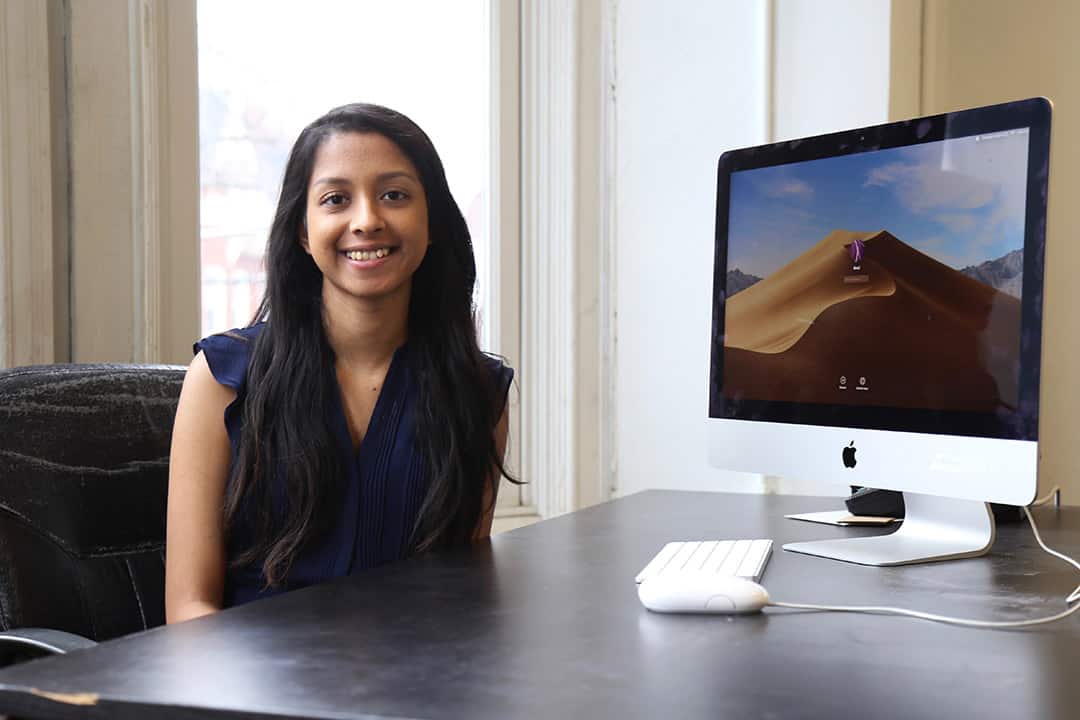Over 100 articles, 23 issues, and one incredible team — I could not be more thankful to our readers and contributors for making the Science section a success this volume.
I once regretted pursuing a Professional Writing and Communication minor on top of my Biological Chemistry specialist. But now, more than ever, I’m thankful that I didn’t drop it. The writing skills that I’ve developed have complemented my work as an undergraduate researcher, and if we want to become better researchers, we must not neglect the arts.
What brought me to The Varsity was my love for science writing, but what has kept me here is the undeniable sense of community. My fellow editors and staff at The Varsity have taught me more about journalism than I ever could have learnt at an academic institution.
The impact of science journalism
Thank you to all the contributors, whether you’ve written one or a dozen articles.
Scientific discoveries aren’t conducted by one person, but by teams comprised of postdoctoral fellows, graduate students, undergraduate students, visiting scientists, lab technicians, and more. The media often recognizes the principal investigator — often a professor — when new research is published, but seldom speaks with the lead author, who is often a graduate student, or other researchers on the team. After all, there’s a reason why publications have multiple authors.
With this in mind, I felt The Varsity should leverage its position as a student paper to publish content that is more reflective of U of T’s diverse scientific community.
Javiera Duran has worked on a series of profiles on women in STEM over the volume. Her profiles are intersectional and showcase the people behind the science at U of T. The section has also published a photo series on student researchers at U of T and highlights from the Arts and Science Students’ Union’s Research Conference.
Ashima Kaura, an Associate Science Editor, wrote on retractions in scientific journals in November. The feature-length article delves into the repercussions that scientists and their laboratories face when hit with a retraction, looking into the retraction process as a whole and how it varies from journal to journal.
After it was published, readers, including a U of T professor and a cancer patient, wrote to The Varsity, expressing gratitude and noting the importance of publishing an article on the double-edged nature of scientific retractions.
Since January, Ashima has spent weeks speaking with patients who have been affected by scientific misconduct. Her follow-up investigation comes out this month.
The response to Ashima’s article attests to the important role that journalism plays in our society, even at the student level.
Spencer Ki, an Associate Science Editor, has taken on the unofficial space beat. Spencer has covered talks to outreach activities led by the Department of Astronomy & Astrophysics.
In her article on permafrost, Elizabeth Benner explores the societal implications of a thawing permafrost. We often forget that climate change isn’t just a scientific issue, and we can’t file all articles on climate change under the Science section, because it’s a problem that will continue to impact every aspect of our lives.
Science doesn’t live in a bubble
Science isn’t objective, and it doesn’t exist in a bubble — it has a widespread cultural and societal impact.
What most of us consider science is Western science. However, while Indigenous people have contributed to science for generations, their findings often only make up a couple of pages of science textbooks, if at all.
As journalists, readers, and citizens, we are responsible for shifting this flawed narrative of scientific research.
Science is not a bunch of old white men in lab coats. It’s comprised of individuals of different races, genders, and abilities. Some of these researchers have learning or physical disabilities, or chronic illnesses.
And although it often seems like it, science isn’t confined to a lab or a scientific journal. It’s our job as journalists to separate the science from the jargon and make it engaging and accessible for a non-expert audience.
The faster the scientific community learns to embrace the diverse community that it serves, the faster science will progress.
— Srivindhya Kolluru
Science Editor, Volume CXXXIX


